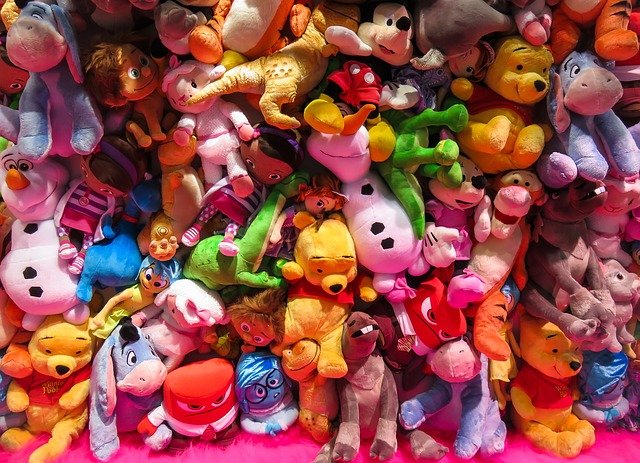
According to the recent report published by the Ministry of Trade and Industry, India’s toy industry has made rapid progress between the financial years 2014-15 to 2022-23. During this period, exports increased by a whopping 239 percent, while imports decreased by 52 percent. This underlines that India’s toy industry is at global heights due to the ‘Make in India’ campaign. This campaign has shocked China and has proved toy manufacturing to be a profitable deal for India. Many countries purchasing toys from China are now turning to India. This is no small thing because about a decade ago there was hardly any purchase of toys from India. At present, global toy brands like Hasbro, Mattel, Spin Master and Early Learning Center are more dependent on India for supplies. Italian giants Dream Plast, Microplast and Incas etc. are also shifting their focus from China to India. Till five-six years ago, India was dependent on other countries for toys and more than 80 percent of the toys were imported from China. Various surveys consistently said that two-thirds of the toys imported from China were unsafe. Unsafe elements like lead, cadmium and barium were found in them.
No one had ever imagined that the Indian toy industry would have achieved such success in such a short period of time. India’s toy exports have increased rapidly to the level of Rs 2,600 crore in five-six years. Toys are being exported from India to many countries including America, Britain, European Union, Australia, UAE, South Africa. At present, the turnover of the Indian toy industry is about 1.5 billion dollars, which is only 0.5 percent of the global market share, but with the way this industry is being promoted, it is likely to reach 3 billion dollars this year. There are many reasons for this increase. Prime Minister Narendra Modi has repeatedly appealed to the people of the country to buy indigenous Indian toys, strengthen domestic designing, and make India a global manufacturing hub for toys. Measures like requiring Bureau of Indian Standards (BIS) approval for sale, protectionism, China-plus-one strategy and increasing basic customs duty to 70 percent have boosted the toy industry. BIS has granted more than 1,200 licenses to domestic manufacturers and more than 30 licenses to foreign manufacturers.
Government efforts have helped in creating a more conducive manufacturing ecosystem for the Indian toy industry. In the period from 2014 to 2020, the number of manufacturing units doubled, while dependence on imported goods reduced from 33 percent to 12 percent. At present, the Ministry of Micro, Small and Medium Enterprises (MSME) is supporting 19 toy production centers and the Ministry of Textiles is supporting 13 centers in designing and providing necessary resources. Several promotional initiatives have also been taken to promote indigenous toys and encourage innovation, including Indian Toy Fair 2021, Toycathon etc. The Directorate General of Foreign Trade has made sample testing of every import consignment mandatory to curb the import of substandard toys. From the year 2014-15 till the interim budget of this time, the government has continuously taken the initiative to provide direct and indirect encouragement and support for the development of the toy industry. The toy industry has been ranked among the 24 major sectors of the country.
The policy initiatives of Make in India and Self-reliant India as well as the efforts of domestic manufacturers have led to significant growth in the Indian toy industry. But there are still many obstacles. To promote growth in the Indian toy industry, there is a need for a strategic action plan, proper coordination between concerned agencies and creation of toy special economic zones in the country like China. GST rate on toys should be reduced. Most of the Indian toys should be available on e-commerce websites, so that the sales of domestic toys can increase. Production related incentive scheme for traditional and mechanical toys should be started soon. The establishment of a well-organized toy training and design institute will have to be given concrete shape. Obstacles related to loans and financial assistance from banks will have to be removed. Let us hope that the government will move forward on the path of making the country a global hub of toys and giving more competition to China in the global toy market. Cheap and quality toys from the domestic market will increase the smile on the faces of children. With more exports, along with foreign exchange earnings, employment opportunities will also increase rapidly.
(These are the personal views of the author.)
